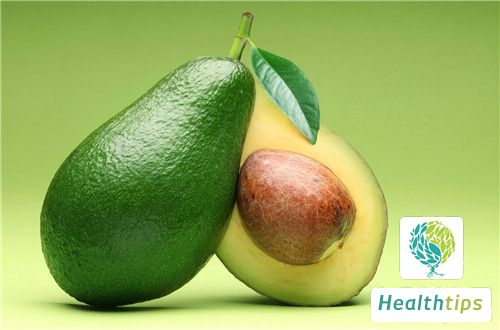Can a Subsequent Child Be Delivered Naturally Following a Previous Cesarean Birth?
Risks and Considerations for Natural Birth After Cesarean Section
When a woman desires to experience a natural birth subsequent to undergoing a cesarean section for her first child, the paramount hazard she confronts is uterine rupture, a condition that poses a significant threat to both the fetus and the mother. Consequently, it is imperative to conduct a thorough assessment and rigorous monitoring tailored to the specific condition of the mother and fetus.

The evaluation process should encompass the following pivotal factors:
- A firm commitment and good compliance from the mother and her family towards natural childbirth.
- The mother's age being below 40 years old.
- Absence of the indications that necessitated the previous cesarean section, favorable pelvic conditions in the mother, and a pelvic transverse diameter greater than the baby's head diameter.
- A manageable baby weight, typically not exceeding 7 pounds.
- An interval of 2-7 years between the previous cesarean section and the current pregnancy.
- A previous cesarean section incision in the lower uterine segment, executed as a transverse incision, with satisfactory healing, no history of uterine rupture, and B-ultrasound evidence indicating good continuity of the uterine incision.
Cesarean section stands as a crucial surgical intervention in obstetrics. Thanks to advancements in anesthesiology, transfusion practices, infusion therapy, water and electrolyte balance understanding, surgical techniques, suture materials, and infection control measures, cesarean section has evolved into an effective strategy for managing challenging births and certain obstetrical complications, thereby safeguarding the lives of both mothers and fetuses.



















